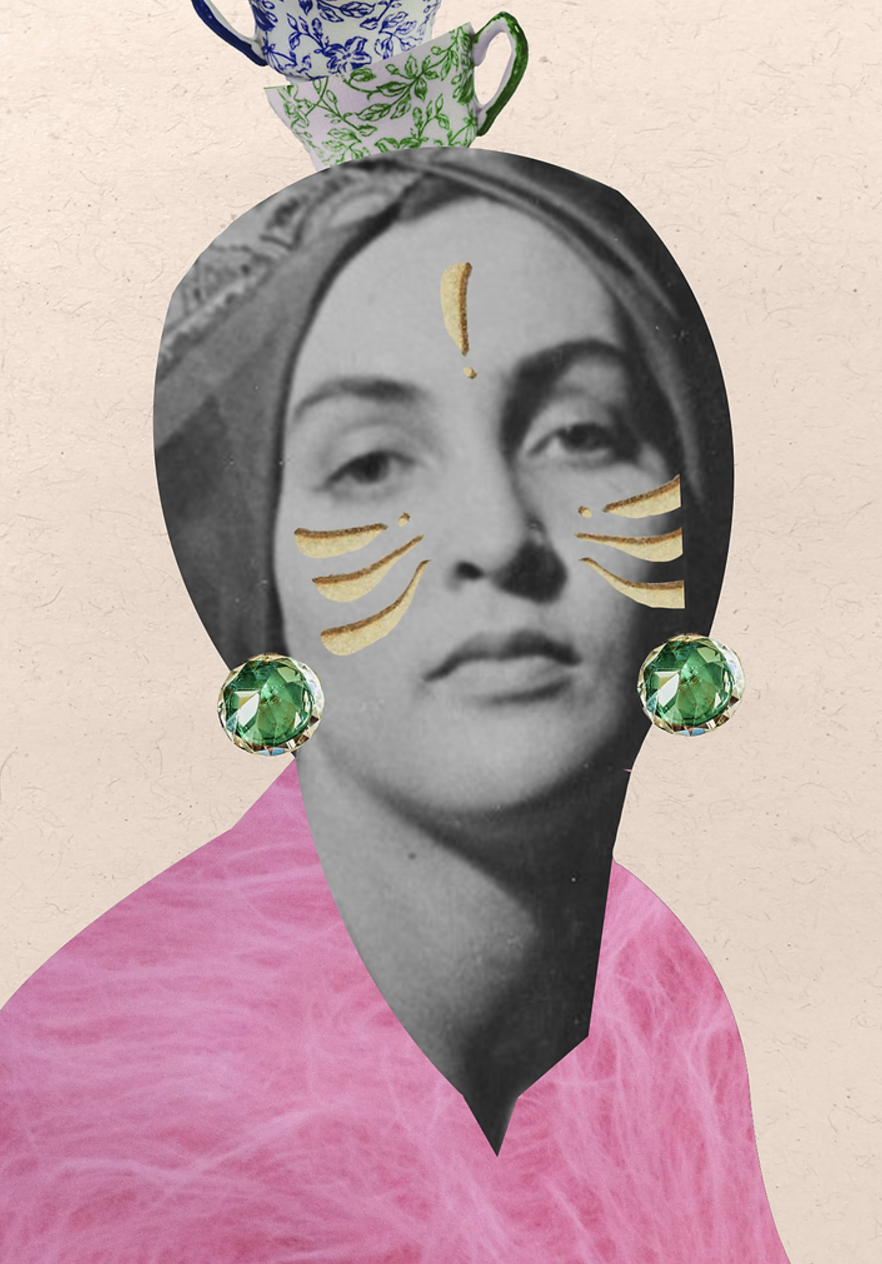MERET OPPENHEIM
Born in Berlin on October 6, 1913, Meret Oppenheim became a key figure in the Surrealist movement of the 1930s. She grew up in an intellectual and artistic environment, surrounded by her father, a doctor with a keen interest in psychoanalysis, and her feminist mother and grandmother. Oppenheim's early life in Germany and Switzerland shaped her artistic sensibilities, and she would go on to make a significant impact on the art world.
Oppenheim moved to Paris in 1932, where she studied at the Academie de la Grande Chaumiere. However, she preferred working alone and socializing in cafes rather than attending classes. In Paris, she met Surrealist icons such as Man Ray, André Breton, Max Ernst, and Salvador Dalí, among others. Despite her close association with the Surrealists, she maintained her artistic independence, stating in 1981, "I never collaborated with the Surrealists. I always did what I wanted and was discovered by them by chance, you might say."
Her most famous artwork, the fur-lined teacup titled "Le Déjeuner en fourrure" (Lunch in Fur), became a symbol of Surrealism and was included in the Exhibition by 31 Women. The piece was inspired by a conversation with Pablo Picasso and Dora Maar, where Oppenheim suggested that one could cover anything in fur, even a cup and saucer. This simple yet provocative idea resulted in a work that captured the public's imagination and solidified Oppenheim's place in art history.
Throughout her life, Oppenheim struggled with bouts of depression and periods of self-doubt. The onset of World War II forced her to leave Paris in 1937 and return to Switzerland, where she felt isolated and uncertain about her artistic abilities. Nevertheless, she continued to create and exhibit her work. She would later overcome her artistic crisis in the 1950s, finding new inspiration and a renewed sense of purpose.
In addition to her visual art, Oppenheim was involved in other creative fields such as screenwriting, contributing to the film "Kaspar Hauser und die goldene Freiheit" (Kaspar Hauser and Golden Freedom) in 1943. She was an advocate for an "androgynous spirit," rejecting the division of art into "male" and "female."
Oppenheim had a rich social life, maintaining close friendships with fellow artists and intellectuals throughout her career. She was married to Wolfgang La Roche in 1949, and the couple moved between various locations in Switzerland as his business ventures necessitated.
Meret Oppenheim passed away on November 15, 1985, in Basel, Switzerland, due to a heart attack. Her work and unique perspective continue to be celebrated and admired today, leaving a lasting legacy in the world of Surrealist art.

